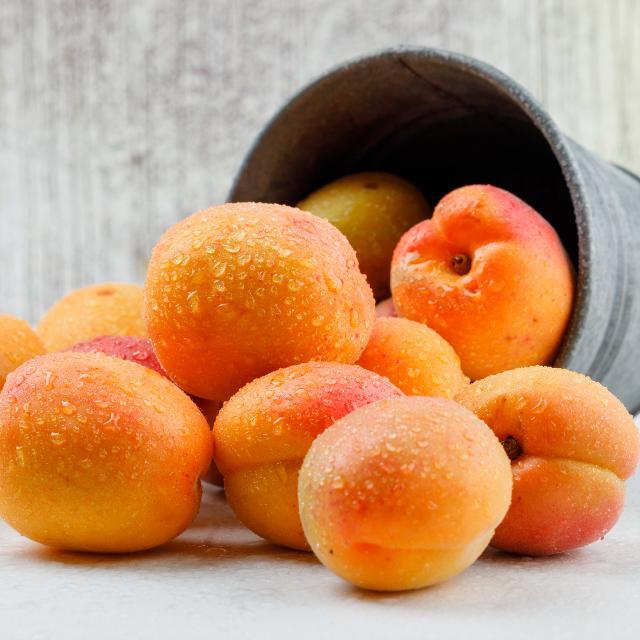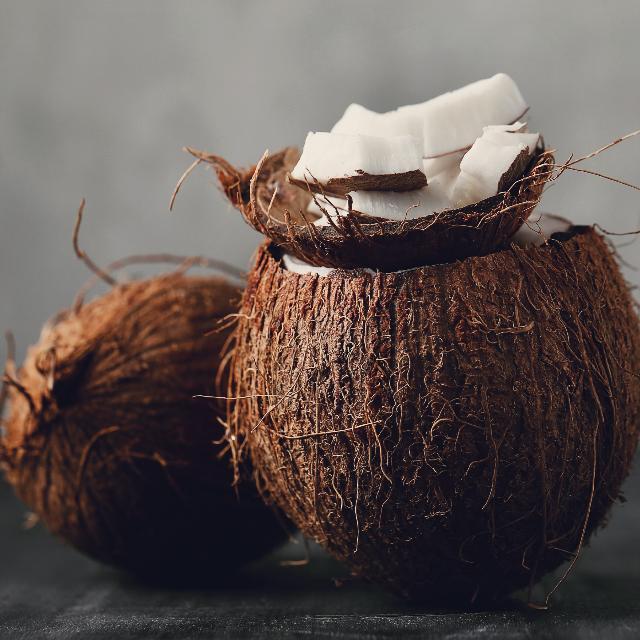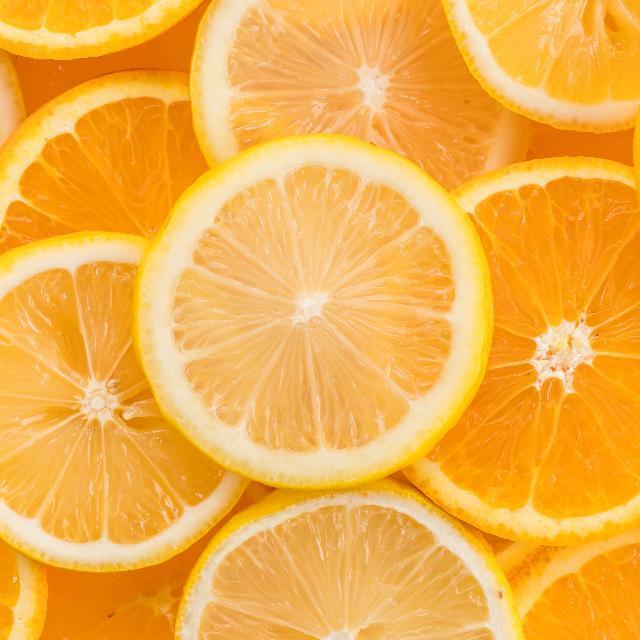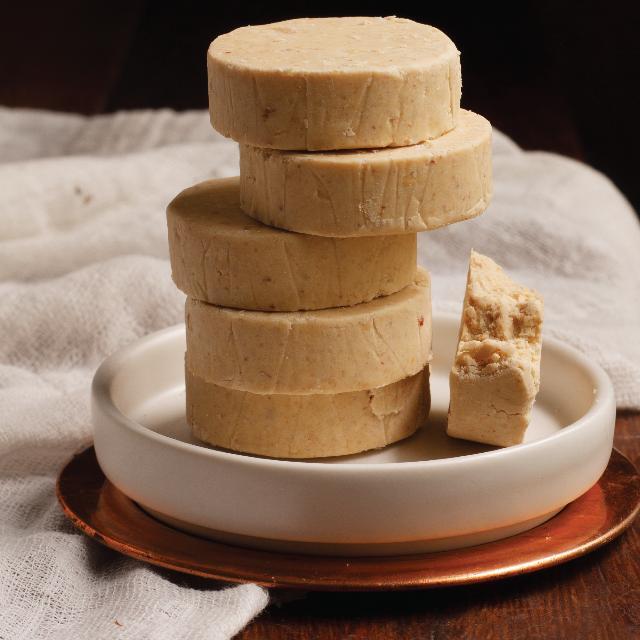This wine opens with enticing aromas of apricot, coconut, and vibrant orange peel. As it develops, notes of marzipan and sponge cake emerge, adding layers of complexity. The oak influence is expertly balanced, offering subtle warmth without overpowering the fruit.
On the palate, the wine is rounded and smooth, with a fresh acidity that lifts the richness of the flavors, leaving a harmonious and well-integrated finish. A delightful interplay between fruit, texture, and oak.
On the palate, the wine is rounded and smooth, with a fresh acidity that lifts the richness of the flavors, leaving a harmonious and well-integrated finish. A delightful interplay between fruit, texture, and oak.
The 2021 vintage was produced with the challenges of COVID-19 ever-present. The winter of 2020 started late and was cold with plenty of rain. The cool and wet conditions extended well into spring, through summer, and much of the harvest season. The result of these conditions was slow, steady, stress-free vineyard growth and fruit development.
White grape yields were lower than average due to the impact of the weather during critical stages of fruit development. The white wines from the vintage ripened two weeks later than in 2020 and achieved full ripeness at lower sugar levels; producing wines with lower alcohols, excellent acidity, and brilliant flavor development. Yields were higher than average in the reds and the slow ripening season saw excellent flavor and tannin development. These well-structured wines with moderate alcohols and good acidity should show plenty of potential to age.
Winemaker: Murray Barlow
White grape yields were lower than average due to the impact of the weather during critical stages of fruit development. The white wines from the vintage ripened two weeks later than in 2020 and achieved full ripeness at lower sugar levels; producing wines with lower alcohols, excellent acidity, and brilliant flavor development. Yields were higher than average in the reds and the slow ripening season saw excellent flavor and tannin development. These well-structured wines with moderate alcohols and good acidity should show plenty of potential to age.
Winemaker: Murray Barlow
Rustenberg has a wine-growing history dating back to 1682, when Roelof Pasman from Meurs, near the Rhine, recognised its wine-growing potential. By 1781 some 3000 cases of wine were produced on the farm. Production doubled by the end of the century and a new cellar was built. Wine has been bottled at this cellar for an unbroken period since 1892.
In the early 1800s, Rustenberg was divided by owner Jacob Eksteen and a section was given to his son-in-law, who named it Schoongezicht and sold it soon after. Rustenberg and Schoongezicht were at their peak around 1812, with beautiful homesteads and flourishing vineyards. But by mid-century, recession coupled with disease in the vines, brought bankruptcy and dispossession.
Schoongezicht was rescued in 1892 by John X Merriman (who was to become Prime Minister of the Cape), and Rustenberg by his brother-in-law Sir Jacob Barry. Together they revitalized the farms. The fruit was sent to Covent Garden; new vines were grafted onto disease-resistant American rootstock; wines were exported to England and the Continent – and even found in Siberia.
In 1941 Peter and Pamela Barlow bought Rustenberg, later acquiring Schoongezicht and reuniting the properties. Their son Simon took over the running of the farm in 1987. The Barlows have been at Rustenberg for over 60 years: the longest period any one family has owned the farm.
In the early 1800s, Rustenberg was divided by owner Jacob Eksteen and a section was given to his son-in-law, who named it Schoongezicht and sold it soon after. Rustenberg and Schoongezicht were at their peak around 1812, with beautiful homesteads and flourishing vineyards. But by mid-century, recession coupled with disease in the vines, brought bankruptcy and dispossession.
Schoongezicht was rescued in 1892 by John X Merriman (who was to become Prime Minister of the Cape), and Rustenberg by his brother-in-law Sir Jacob Barry. Together they revitalized the farms. The fruit was sent to Covent Garden; new vines were grafted onto disease-resistant American rootstock; wines were exported to England and the Continent – and even found in Siberia.
In 1941 Peter and Pamela Barlow bought Rustenberg, later acquiring Schoongezicht and reuniting the properties. Their son Simon took over the running of the farm in 1987. The Barlows have been at Rustenberg for over 60 years: the longest period any one family has owned the farm.











